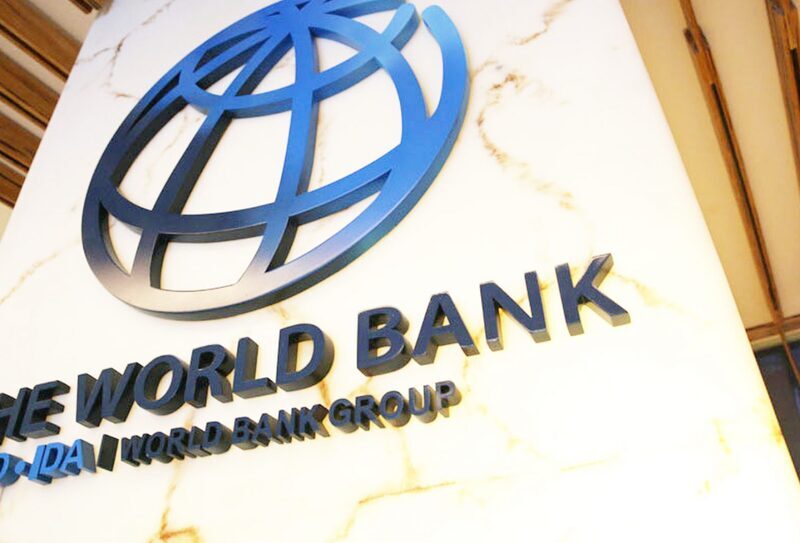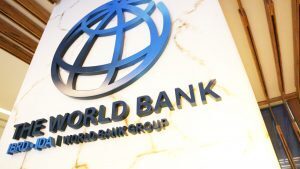
FHH wins “Athar Award” for best practices in sustainability, CSR in Egypt
Fine Hygienic Holding (FHH), one of the world’s leading wellness groups and manufactures of hygienic ...

The World Bank approved the second development policy loan for disaster risk management in Guatemala at 200 million dollars to increase Guatemala’s capacity to quickly mobilize resources in the aftermath of adverse natural events or health related emergencies and to support the modernization of the country’s legal and institutional framework to manage disaster and climate risks.
The loan has a Catastrophe Deferred Drawdown Option (CAT DDO), which offers immediate financial resources for response and recovery activities after high-impact events such as earthquakes, volcanic eruptions, floods and hurricanes, or health emergencies such as contagious outbreaks. The CAT DDO would trigger and disburse funds after an official declaration of a state of public calamity, in accordance with the national legislation.
“The Government of Guatemala has worked to strengthen the country’s capacities for disaster risk management at the national level. With support from the World Bank, we can continue adapting to changes in the face of natural threats and thus reduce the vulnerability of citizens,” said Víctor Martínez, Minister of Finance of Guatemala.
Recent policy reforms initiated by authorities in Guatemala include a bill of law, submitted to Congress in January 2019, to strengthen the legal disaster risk management framework, and the adoption of a roadmap to strengthen institutional capacities for volcanic risk reduction and resilience, following lessons learned from the eruption of Fuego volcano in 2018. Also, a Disaster Risk Financing Strategy was approved in 2018 to strengthen the country’s fiscal resilience and its capacity to respond to disasters risks. This DPL reflects the government’s commitment on the diversification of disaster risk financial instruments.
Expected results from disaster risk management policy reforms include i) the establishment of a National System for disaster risk management, with procedures and instruments to enhance risk knowledge and reduction, disaster preparedness and response, and resilient recovery; ii) 100 municipalities with disaster risk reduction activities included in their development plans; iii) 220 educational facilities constructed in compliance with technical criteria for safe location and seismic-resistant infrastructure; and iv) a restructured, strengthened National Institute of Seismology, Volcanology, Meteorology and Hydrology (INSIVUMEH, in Spanish) providing enhanced hazard information, among other results.
“Guatemala is among the countries most affected by catastrophic events, which present significant financial shocks and can negatively affect poverty reduction efforts. A modern framework for risk management and a viable option for immediate funds in case of emergencies will allow the Government to respond to urgent needs while maintaining provision of vital public services, particularly for the most vulnerable,” said Homa-Zahra Fotouhi, World Bank Country Manager in Guatemala.
The Second Disaster Risk Management DPL with CAT DDO builds on the experience from the first Disaster Risk Management DPL, which disbursed US$85 million in response to the eruption of Pacaya Volcano and Tropical Storm Agatha in 2010.
The $200 million Second Disaster Risk Management Development Policy Loan with a Catastrophe Deferred Drawdown Option has a final maturity of 25 years, including a grace period of 10 years.

اترك تعليقا